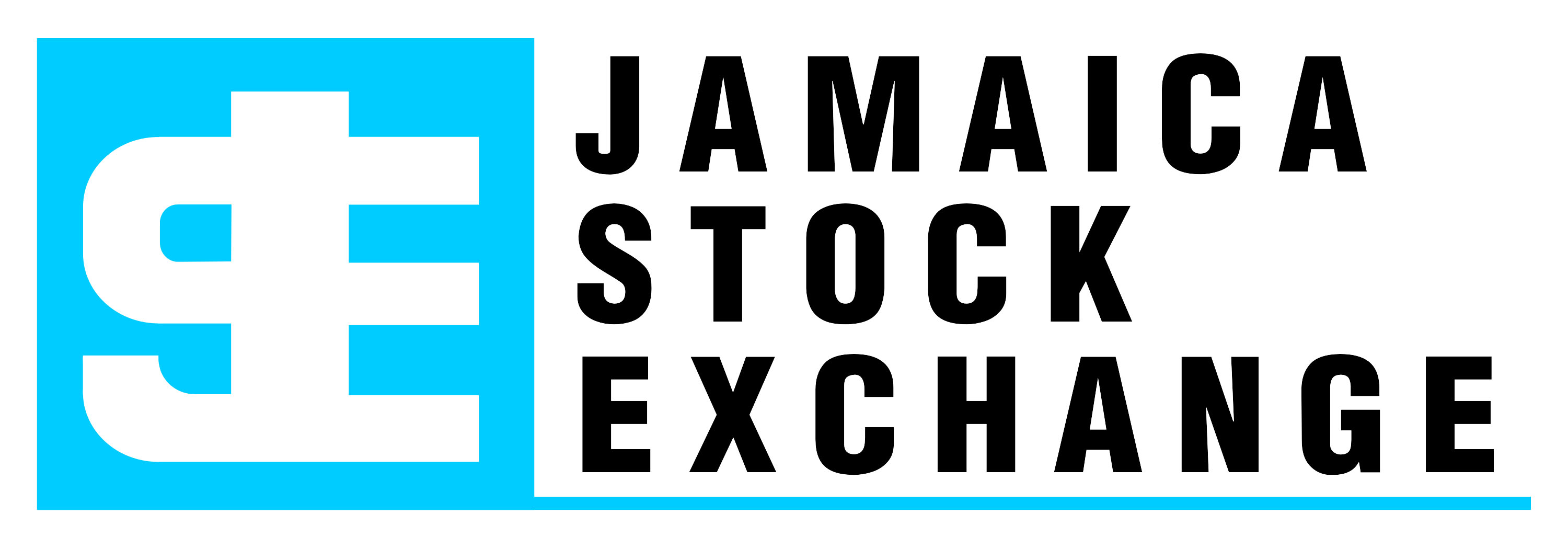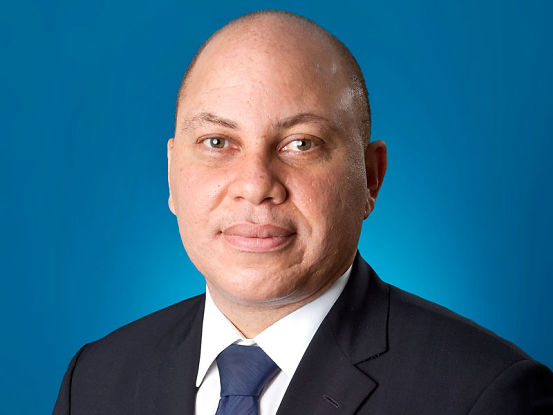The name FINSAC (Financial Sector Adjustment Company) has evolved into a uniquely ubiquitous metaphor for the economic malady that crippled the Jamaican economy through the 1990s and continues to this day to scar the economic lives of many in our society. This two-decade-long economic  nightmare blighted the economy and plunged the country into a vortex of economic decline with thousands of businesses closing their doors. It locked Jamaica out of the great global economic surge that took place during the 1990s and 2000s, and today it has left us lagging behind other countries which have already broken free from the recent great global recession in which we still remain entangled.
nightmare blighted the economy and plunged the country into a vortex of economic decline with thousands of businesses closing their doors. It locked Jamaica out of the great global economic surge that took place during the 1990s and 2000s, and today it has left us lagging behind other countries which have already broken free from the recent great global recession in which we still remain entangled.
The individuals and institutions that felt the brunt of FINSAC’s destructive force attribute the crisis to high interest rates. The Government that presided over it disagrees, pointing out that in two of the many countries that have had banking crises, low interest rates existed. They have also imputed that because the demise of a multi-industry Trinidadian conglomerate (CL Financial) was found to be the result of incompetent management, poor management within the Jamaican financial institutions was the cause of Jamaica’s crisis.
But the record shows that the circumstances in which national banking crises may occur are unique to each country and will, therefore, require unique solutions. There have been more than 60 such national crises since the Second World War and they have been caused by a variety of factors, including sovereign debt default, collapsing commodity prices, rising interest rates, asset price bubbles and uncontrolled capital inflows or outflows.
Jamaica’s financial-sector crisis, too, is unique and must be dispassionately studied and understood if we are to be able to repair the damage it caused, and benefit from the lessons offered through its experience.
Capricious politics
 It began with a surge in capricious politics that infected the management of Jamaica’s economic affairs in the 1990s. When the controls on foreign exchange were abruptly lifted in 1991 without the necessary preconditions, there could have been no other justification but political advantage.
It began with a surge in capricious politics that infected the management of Jamaica’s economic affairs in the 1990s. When the controls on foreign exchange were abruptly lifted in 1991 without the necessary preconditions, there could have been no other justification but political advantage.
The auction system of foreign-exchange management which it replaced was not perfect. It was an awkward hybrid of a managed and a floating foreign-exchange system. But it succeeded in seeing Jamaica through the only period of vigorous economic growth experienced since the 1960s, expanding the economy by more than a quarter of its size between 1986 and 1991.
The replacement of the auction system with total liberalisation was catastrophic. It fuelled inflation at an unprecedented rate. Incomes chased prices at a frenetic pace and production costs within the economy spiralled beyond the boundaries of competitiveness. Between 1991 and 1998, Jamaica’s inflation rate was 28 times that of the US.
It is widely recognised that inflation without compensating exchange-rate adjustments undermines a country’s competitiveness. However, while the Government presided over haphazard, unstructured devaluations, it failed to manage the Jamaican dollar to secure our competitiveness.
The Government’s focus was on maintaining a fictitious value of the currency in defiance of the runaway inflation it had created. And so it used incredibly high interest rates to pay people not to do what was economically natural and logical: convert the Jamaican dollar to foreign currency at the discounted price provided by its overvaluation.
With this act, the Government created a new class of high-interest margin-gatherers and split the Jamaican business community into two contrasting classes. One was a group of cash-rich, essentially unproductive entities, accumulating great wealth through exorbitant interest income. The other, a class of deeply indebted, largely productive enterprises bearing the burden of those usurious interest costs. Of course, there were many businesses that straddled both sides of the divide.
The runaway inflation of the early 1990s required the most careful and judicious management of our currency to ensure the continued competitiveness of Jamaican production. Instead, the Government chose to use high interest rates to bolster the value of the Jamaican dollar, undercutting the competitiveness of Jamaican production by as much as 50 per cent. This was the beginning of Jamaica’s economic crisis .
.
It was not long before the country’s producers began feeling the effects. Both exports and domestic sales began to decline. Jobs were shed. And production in the country began to contract. Manufacturing output shrank by 10 per cent between 1992 and 1998. Agriculture suffered a similar contraction after 1994. Foreign producers like Colgate-Palmolive, Gillette and Goodyear, among many others, opted to abandon Jamaica for other Caribbean destinations that were more competitive.
Without the option of relocating overseas, local producers were trapped in the Jamaican economy and the value of their investments sucked away by rapidly escalating interest charges. Soon, they were to be disdainfully declared bad debtors by a government whose attention had by now turned to making scapegoats of anyone on whom it could tag the responsibility for the economic debacle it had created.
Problems breeding problems
The problems of these ‘bad debtors’ had by now become the problem of the banks, whose obligation to pay high-interest returns to their cash-rich depositors could no longer be honoured in a market in which there were few new borrowers, and existing borrowers could not service their debts. Their options for investing money deposited with them soon came down to the same type of investments that had sunk their borrowers: investments in the real sector; producing and growing things, developing property and operating hotels. Inevitably, the banks discovered what their productive customers had: business in the real sector was not viable, even with their greater access to less-expensive capital.
Jamaica was now economically dysfunctional. The productive engine was stalling, the financial sector was cash-strapped and billions of dollars of valuable economic assets were rendered idle. And what did the Government do to rescue the economy? It created FINSAC: an institution with a mandate to protect the same cash-rich depositors who had benefited from the high interest earnings, as well as small depositors, policyholders and pensioners. But we can be sure that the lion’s share of the 40 per cent of GDP FINSAC paid to the financial institutions benefited the cash-rich depositors of the banks.
FINSAC’s mission, by its terms of reference and operational practice as reported by its managing director in his testimony before the FINSAC commission of enquiry, was to “recover maximum value from the distressed loans of the banks”. But what of the productive individuals and enterprises that were crippled by the sustained assault of usurious interest rates imposed by the Government? And what of the urgent need to resuscitate production in the economy?
At the time that FINSAC was set up in 1998, the economy was in deep distress. It had contracted for three straight years. The 78 per cent expansion of the financial sector in the four-year lead-up to the crisis, while the productive sector was collapsing, revealed an economy in extreme disequilibrium and dysfunction. The capacity of the country to create real economic value was rapidly diminishing. Large sections of the manufacturing and agricultural sectors had been decimated. The deficit in our trade of goods and services, which for many years averaged two per cent of GDP, rose to 13 per cent by 1997 and continued rising to average above 22 per cent.
In creating FINSAC, it seems the Government never gave a thought to the fact that the cause of the financial-sector crisis was much larger than the problems of the financial institutions themselves. Nor does it appear to have recognised that the entire economy was deeply enmeshed in a crisis from which it had to be disentangled before the problems of the financial sector could be properly addressed.
Had this fact been heeded, the Government would have created an institution with a mandate to secure the productive viability of the economy and to assist the financial institutions to recover their liquidity within the limits of the value of their principal obligations to depositors. The Government would have required the banks to restructure each loan within the realisable value of the securities being held because a loan’s value is limited to the net value of its collateral. And the Government would have recognised that the high interest-rate regime, so integral to the creation and perpetuation of the crisis, had to be immediately discontinued.
Mortgaging the future
The cost of such a solution would have been minimal. The financial sector, the productive sector and the economy would have been spared and our people would have had the opportunity to fulfil their dreams of playing a meaningful role in developing their country.
However, the Government chose instead to mortgage the future by paying out 100 per cent of the massive accumulation of interest that had accrued to the benefit of cash-rich depositors. The deeply indebted (mainly productive) class would be hounded like criminals, with their crippled businesses and personal assets appropriated to bear the burden of that senseless settlement.

Swept away in this economic version of ethnic cleansing was a generation of non-traditional Jamaican entrepreneurs, many of whom had been inspired by Michael Manley’s 1970s message of self-reliance, Edward Seaga’s 1980s initiative of Jamaicanisation and the powerful symbolism of the rise of the unmistakably black P.J. Patterson to the prime ministership in the 1990s.
It will be a very long time before the scar of the devastation of FINSAC is removed from the Jamaican psyche and the confidence to believe again in Jamaica’s promise restored.
The present enquiry into FINSAC is a necessary catharsis. But we must recognise that the heartbreaking personal loss of businesses and property, and the many broken lives, are only part of the tragedy of FINSAC. The greater loss has been that of the entrepreneurial spirit of Jamaicans and the confidence in our ability to be industrially productive and creative, forged over many decades.
Nearly two and a half years ago, in a Sunday Gleaner article titled ‘Waiting for mea culpa’, I suggested that the PNP plead guilty for the damage inflicted on the economy in the 1990s; and reintroduce itself to the country with a new message under its new leader. Not surprisingly, the suggestion was ignored.
Now the party waits expectantly to be returned to power. But has it learned anything from the tragic folly of FINSAC?
Claude Clarke is a businessman and former minister of trade. Email feedback to columns@gleanerjm.com.

ADVERTISEMENT: CLICK DIGITAL AGENCY…………..Is a Silicon Mountain Mandeville Jamaica based interactive advertising agency offering a full range of advertising and marketing solutions, including display, search and website development, committed and focused on providing SME businesses, owned and operated by Entrepreneurs, experiencing budget constraints, with customizable, on and off line marketing and advertising services at affordable rates and services, offering high levels of convenience and quality. CLICK for more information.

 Businessuite Markets4 weeks ago
Businessuite Markets4 weeks ago
 Businessuite News241 week ago
Businessuite News241 week ago
 Businessuite News244 days ago
Businessuite News244 days ago
 Corporate Feature1 week ago
Corporate Feature1 week ago
 Businessuite News24 International1 week ago
Businessuite News24 International1 week ago
 Businessuite Women2 weeks ago
Businessuite Women2 weeks ago
 Businessuite Markets6 days ago
Businessuite Markets6 days ago
 Business Insights4 weeks ago
Business Insights4 weeks ago












